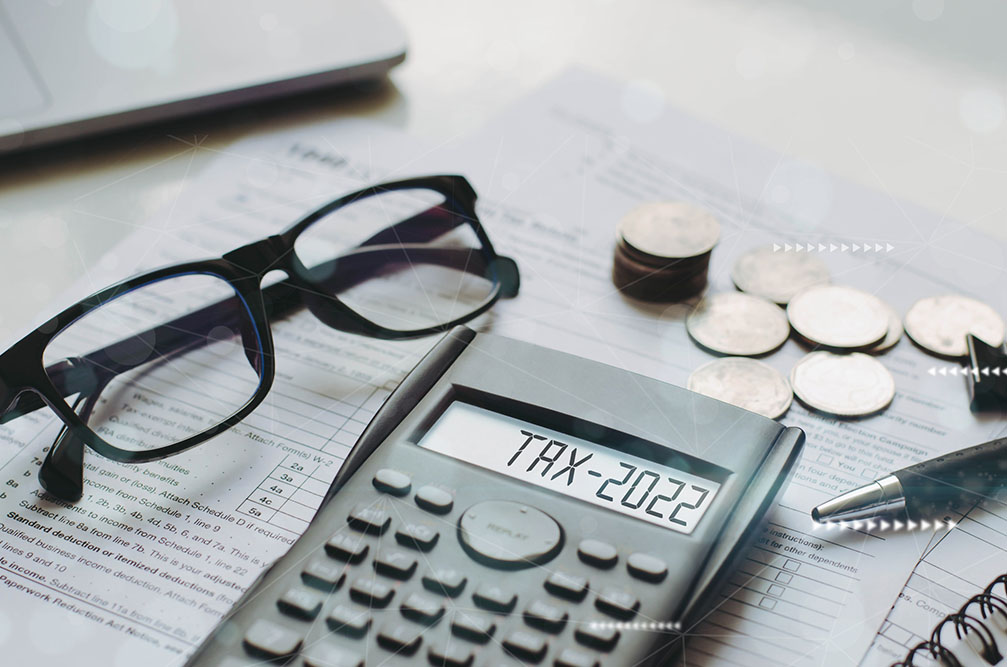Bure Valley Group is an investment introducer platform which links successful investors with exciting, innovative UK startups seeking funding. This content is for information purposes only and should not be taken as financial or investment advice.
If you want a tax-efficient way to invest over the long term, you need look no further than your pension. Since the 2015 Pension Freedoms, investors have enjoyed far more flexibility with how to allocate their funds (e.g. going into drawdown) whilst benefitting from tax relief on their contributions. Yet pensions are not immune from tax. There are limits on how much you can save into them (annually and overall), whilst a “taper” and certain “triggers” can reduce your annual allowance if you are not careful. Also, pension withdrawals may be subject to tax once you can start accessing your pension after reaching Normal Pension Age.
In this article, we show some of the key taxes to watch out for when saving into (and accessing) your pensions. We hope this guide is useful to you. Please visit our portfolio page here to find out more about latest projects and funding (for investors and founders, respectively).
You can reach us via:
+44 160 334 0827
Mind the lifetime allowance
There is an overall “cap” on how much you can save into your pension(s) without tax. This is set at £1,073,100 in the 2022-23 tax year. Under current rules, you can start accessing funds in a pension pot(s) after your 55th birthday – rising to 57 in 2028. However, anything you take as a lump sum over this threshold will be taxed at 55% (or, 25% if taken as income). So it is crucial to make sure you do not inadvertently go over this limit.
If you are nearing your Lifetime Allowance and still have years to go until you plan on starting to take from your pension, then consider seeking financial advice. You may need to consider using other tax-efficient investment vehicles (e.g. a stocks & shares ISA or schemes such as EIS, SEIS and/or VCTs) to build long-term wealth.
Watch out for the taper
Higher earners can be in danger of getting caught out by the “taper” on pension contributions. Normally, a UK resident can save up to £40,000 per year into his/her pension(s) – or, up to 100% of earnings (whichever is lower). Anything you contribute will receive tax relief equivalent to your highest marginal rate of Income Tax. So, for a Basic Rate taxpayer, this effectively amounts to a 20% “boost” on their pension (40% for someone on the Higher Rate). However, this £40,000 “limit” on your annual allowance starts to go down – to as low as £4,000 – if your ‘threshold income’ is above £200,000 and your ‘adjusted income’ is above £240,000.
Working out whether this applies to you can be complicated. So, again, it can help to seek professional advice. There can be ways to mitigate the taper, however. For instance, if you did not use all of your annual allowance in any of the previous three tax years, then you can “carry over” this allowance to the present one.
Be careful of the common “tax trap”
There is a little-known rule called the Money Purchase Annual Allowance (MPAA) which lowers your annual allowance when triggered. This can seriously undermine your ability to save into a pension tax-efficiently, and cannot be undone. Many people do this inadvertently – e.g. if they start drawing from their pension(s) whilst continuing to work and make contributions – and find themselves with an unexpected tax bill later. Make sure you have a solid grasp of what kind of events can activate the MPAA in your own case. Taking an entire pension pot as a lump sum, for example, is a sure way to do this.
Consider taxes on your retirement income
Once you start taking an income from your pension (e.g. via drawdown or from an annuity), this will be subject to income tax – similar to a salary. In 2022-23, this means that you can earn up to £12,570 from your pensions (including your State Pension) without tax, unless your income is £125,140 or above (in which case, your Personal Allowance disappears). Depending on your goals and financial situation, this may affect how much you want to save into a pension and how much to allocate to other tax-efficient investment vehicles.
For instance, anything taken from your ISA(s) will not be subject to income tax. Nor will capital gains, dividends or interest earned within your account(s) be taxed, either. There is no total limit on how much you can save into your ISA (i.e. equivalent to the Lifetime Allowance on pensions) and you can access the funds whenever you like. You do not need to wait until age 55. Yet be mindful that many ISA savings and investments will likely eventually be subject to inheritance tax (IHT) when you die unless you invest in AIM shares and these qualify for Business Relief. There is also a £20,000 annual limit on how much you can put into your ISAs.
Invitation
Interested in finding out more about the exciting startup projects we have on offer to investors here at Bure Valley Group? Get in touch today to start a conversation with our team and discuss some of the great investment memorandums we have available here:
+44 160 334 0827


